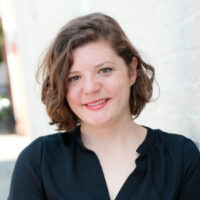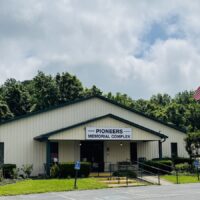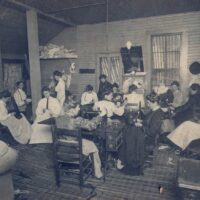Back in July, we started to explore the Dalton house’s second phase, that of the Methodist parsonage. You may remember the first pastor to live here was Arthur Kasey, who lived in the house just for 1924 and part of 1925. We’ll pick up the loose ends of that story in this month’s Brick and Mortar Monthly.
When Arthur Kasey and his family left Hopkinsville in 1925, he handed over the keys to the Seventh Street Methodist parsonage to a close friend, Robert Bascom Grider. The Kaseys were bound for Bowling Green, where Arthur would be pastor of the State Street Methodist Church. But they would return to Hopkinsville and 713 E. Seventh St., and we will meet them again!
R.B. Grider had been friends with Arthur Kasey since the men were in their early twenties. In fact, he had served as an usher in Arthur and Lavinia’s wedding in 1905. Grider replaced Kasey as pastor at Hopkinsville First Methodist Church. His tenure there should have comprised the next five years, but things did not go according to plan.
Unlike Arthur Kasey, who seemed to have a natal draw to Hopkinsville (he ultimately served three stints at Hopkinsville First Methodist, retired here, and is buried at Riverside Cemetery), Grider’s time here was brief.
Rural roots
Like so many of Kentucky’s early 20th century preachers, R.B. Grider grew up a farm boy. He was born to Willis and Laura Grider in 1880 Russell County. By the time he was 19 years old, however, he had determined on a different path for his life. After gleaning all he could from Russell County’s public schools, he became a schoolteacher.
Grider’s siblings too seemed to have a restless streak or at least a hankering for something different in life. His brother James and sister Mary Ellen both moved out West in the early 1900s. Mary Ellen lived in New Mexico and Texas. James too went through Texas before ultimately ending up in Hollywood.
Education
By 1900, R.B. Grider was being called a reverend, though it’s not clear that he had any qualifications for the title other than having preached on occasion. The same year, he enrolled in the Vanderbilt Training School in Elkton, which is likely where he first met Arthur Kasey. Kasey graduated from the school in 1901.
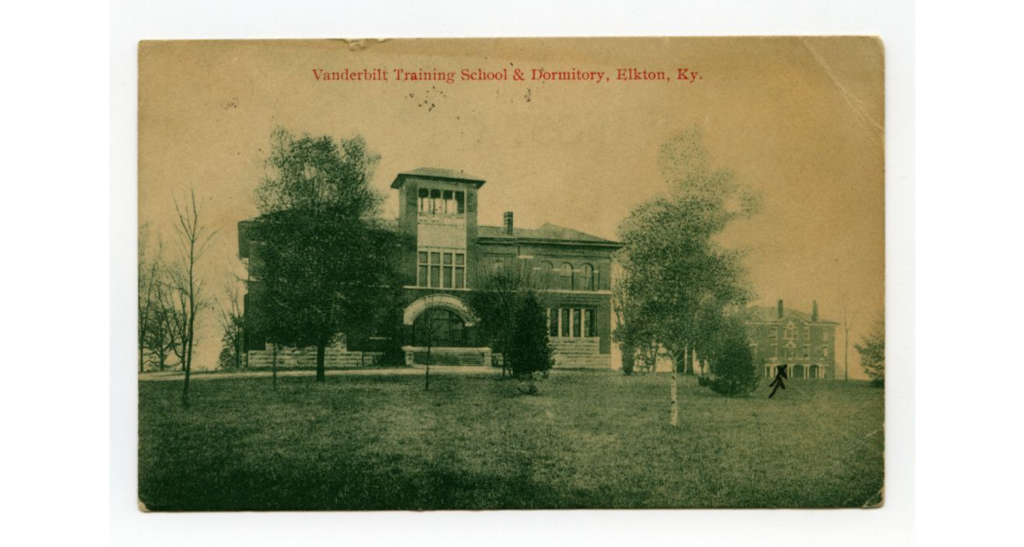
During the late 19th century, Elkton was home to three schools for higher education: the Vanderbilt Training School, the Green River Academy and Bethel College. The Vanderbilt Training School was located a half mile to the west of the town square, presumably close to where Todd County Middle School stands today. Vanderbilt had numerous training schools in Kentucky, in at least eight towns and cities.
By June 1902, R.B. Grider had finished school and was a bonifide preacher in the Louisville Methodist conference. He was assigned to the church in Lebanon Junction. While here, it seems he became involved in Freemasonry, which is really the only thing I’ve been able to discover about him outside of his career.
He joined McNeil Lodge No. 586 in Lebanon Junction, as well as Bullitt Chapter No. 44 Royal Arch. The Royal Arch is an advanced degree in Freemasonry and holds meetings distinct from the more common Blue Lodge. Grider never lived in Lebanon Junction again after 1904, and he transferred his membership at least once, to a lodge in Bowling Green.
Back to Burkesville
In 1904, he was assigned to Burkesville, where he replaced his friend Arthur Kasey at the Methodist church. You may remember Burkesville was Kasey’s wife to be Lavinia Ray’s hometown, and she was a member of the Methodist church there. By 1904, Arthur and Lavinia were engaged, and Arthur was probably a frequent guest in Burkesville. It’s likely that R.B. Grider’s friendship with Kasey deepened during this time. Arthur and Lavinia married in 1905, at the Burkesville Methodist Church.
One year later, in August 1906, R.B. Grider married Parthenia Harvey, who went by her less fussy middle name, Watts. For all my researching, Watts remains a bit of mystery. She was born in 1878 in Glasgow, Kentucky. Her family is well-documented. One of her grandfathers was a state representative, the other was a surgeon. Her father was an entrepeneur who dabbled in lumber, land speculation, and rolling mills, and her brother later joined him in business. But of Watts there is almost no information, aside from dates.
Less than two months after their marriage, the Griders left Burkesville for Cadiz. After several years in Cadiz, they moved to Elkton, then Louisville, then Bowling Green, then back to Louisville, where he was presiding elder. The life of a Methodist minister in the early 1900s seems to have been exhaustingly itinerant.
Church builder
One of R.B. Grider’s legacies is his interest in building and maintaining the physical structures of churches. Under his leadership, the Methodist church in Elkton constructed a new building in 1911, which they called Petrie Memorial after the main benefactor, Mary M. Petrie. The call for bids advertised “Grecian architecture; 52×54 feet; ordinary construction; steam heat; electric lighting; concrete walks; cost $14,000; plans by Clifford Shopbell & Co., Evansville, Ind.; address proposals to E.R. Weathers, Sr.”
Years later, in 1925, he spoke to the Kentucy Fire Underwriters Association in Louisville about his concerns that church buildings were grossly underinsured for fire. I’m sure his audience was quite pleased at the tip for a new market!
In 1925, R.B. and Watts Grider arrived in Hopkinsville. He was 44 years old, she was 46. They had no children. There is no evidence that the Griders took on boarders during their time at 713 E. 7th St. It must have been a quiet house.
By the time he arrived in Hopkinsville, R.B. Grider was acknowledged to be one of the superstars of Louisville’s Methodist conference—a really heavy-hitting preacher. In an era before television, church filled a critical social and entertainment gap, and an engaging preacher was very good news for a church. Hopkinsville First Methodist Church was likely very glad to have him.
Graves’ Disease
By Christmas 1927, R.B. Grider was seriously ill. He left Hopkinsville and removed to Louisville, where he could get better medical care. He was suffering from what, at the time, doctors called toxic thyroid. Today we know this as Graves’ disease. It’s unclear what kind of medical regimen he was prescribed, but one newspaper described him as convalescing for two months. The same paper, however, also noted that he was suffering from influenza.
In March 1928, R.B. Grider underwent surgery at the Norton Infirmary in Louisville. The operation was considered to be complicated and dangerous, but he came through it alright. A telegram was sent to Watts early that afternoon that he was doing well. She was, presumably, still in Hopkinsville at the 7th Street parsonage. During the night, however, R.B. Grider took a turn for the worst and died. He was 48 years old.
His death came as a shock to numerous communities and was reported in a dozen newspapers across Kentucky and Tennessee, but no one could have been more disrupted than Watts Grider. It completely changed her life. Not only did she lose her husband, she lost her home and financial security. Watts remained at 713 E. 7th St. for a number of months. She was soon joined by Samuel A. Arnold, who filled in as interim minister at First Methodist, his wife Kathryn, and their 8-year-old daughter Edith.
What happened to Watts?
After her husband’s death, Watts moved around frequently. She must have had some independent wealth, as she never seems to have worked. By 1930, she was back in Louisville, living in a boarding house. At this time, she decided to donate her husband’s library to Lindsey Wilson College, a Methodist girls’ school in Columbia. The transfer took two years, but by the end of 1932, R.B. Grider’s library, a substantial 800 volumes valued at $1,200 at the time, was complete.
In 1940, she lived in her hometown of Glasgow with her sister and brother-in-law’s family. There is a twist—she, not her brother-in-law, is listed as the head of household. By 1950, she was back in Western Kentucky, in Elkton. She died in 1965 in Danville. She was 86 years old.
Epitaph
In the end, R.B. and Watts Grider seem to have been passers-through Hopkinsville. If an invisible thread seemed to tie Arthur Kasey to this place, letting him leave but always gently drawing him back, I think the same can be said for the Griders and Elkton. Years after R.B. Grider’s death, Watts returned to Elkton. What drew her back? It’s likely destined to remain a mystery. But I like to think the magnificent Grecian stone edifice of Petrie Memorial and the memories associated with it played some role in her return.
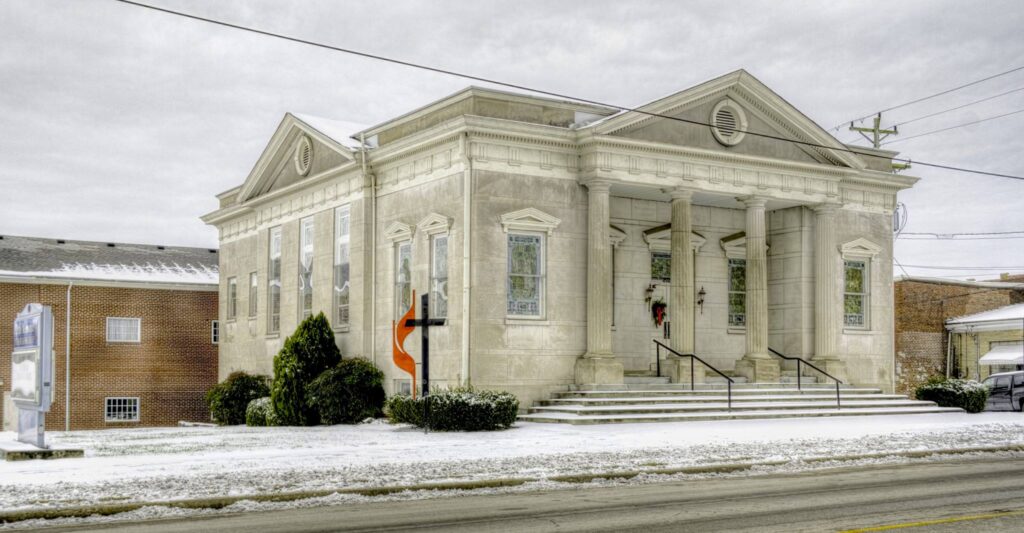
Grace Abernethy is a historic preservationist and artist who specializes in caring for and recreating historic architectural finishes. She earned her Master of Science in Historic Preservation from Clemson University in 2011 and has worked on historic buildings throughout the eastern United States. Abernethy was a recipient of the South Carolina Palmetto Trust for Historic Preservation Award in 2014 and won 2nd place in the Charles E. Peterson Prize for the Historic American Buildings Survey in 2011. She and her husband, Brendan, moved to Hopkinsville from Nashville in 2020. She works as an independent contractor and is a board member of the Hopkinsville History Foundation.
